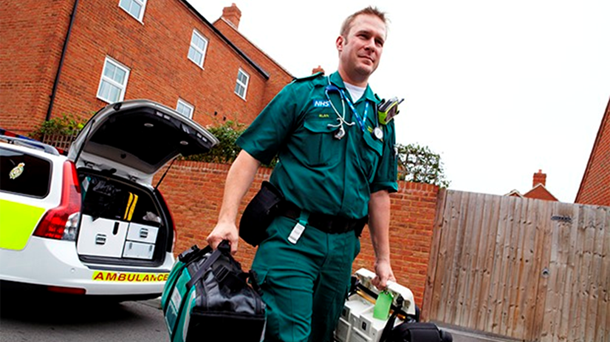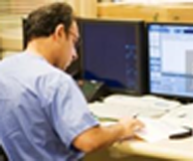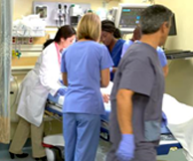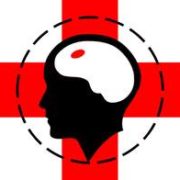


Heatley Consulting carries out contract and grant funded R&D with a focus on bringing together technology and healthcare in novel ways that spawn game changing innovations that benefit society and help to raise the health of the nation, while also cutting costs. The current focus is on developing the underlying science and diagnostic methodology of a new form of medical scanner for stroke patients.
Strokes are the 4th most prevalent cause of death and the leading cause of long-term invalidity in the UK. Around 110,000 people experience a stroke each year and around 1.2M survivors are living with the consequences today. The treatment and rehabilitation for these patients, including the loss of productivity in the work place and the high volume of benefit claims, costs the UK economy around £26bn annually, projected to reach £75bn by 2035 if the current trajectory is sustained.
The cost is strongly linked to the survival rate of stroke patients and the percentage who require protracted treatment and long term rehabilitation. That percentage is influenced by the time between the onset of stroke symptoms and treatment being commenced. Minimising that time gives patients the best outcome, with fewer requiring long term rehabilitation and more being able to resume their normal family, social and working lives. Currently the care pathway for stroke requires patients to be transported from the site of their emergency to an acute stroke unit to be CT and/or MRI scanned. Only then can a diagnosis be made and treatment commenced. Delays can occur at multiple points during that journey, negatively impacting on the outcome for patients. However these delays would be avoided and the outcome correspondingly improved if stroke patients can be scanned, diagnosed and treatment commenced at the site of their emergency.
Heatley Consulting is leading the development of a new scanner specifically for this purpose by drawing upon its broad range of skills and successes in the technology and health sectors, and its collaborations with world-class academics. The scanner uses low intensity electro-magnetic waves in the radio frequency and microwave bands to peer inside the brain and detect the presence of a stroke affected region. Its operation is fundamentally safe to patients and clinicians, and it uses low-cost, compact, light-weight components throughout to achieve a small overall form-factor that has the potential to be portable and battery operated. It could therefore be carried in all emergency and first response vehicles and used on-scene with no prior planning or the need for special arrangements or facilities. For these reasons it can also be widely deployed within existing hospital ED departments and high dependency wards, as well as in nursing homes and GP surgeries.
Sorry no gallery at the moment!
Sorry no video at the moment!
Sorry no downloads at the moment!

